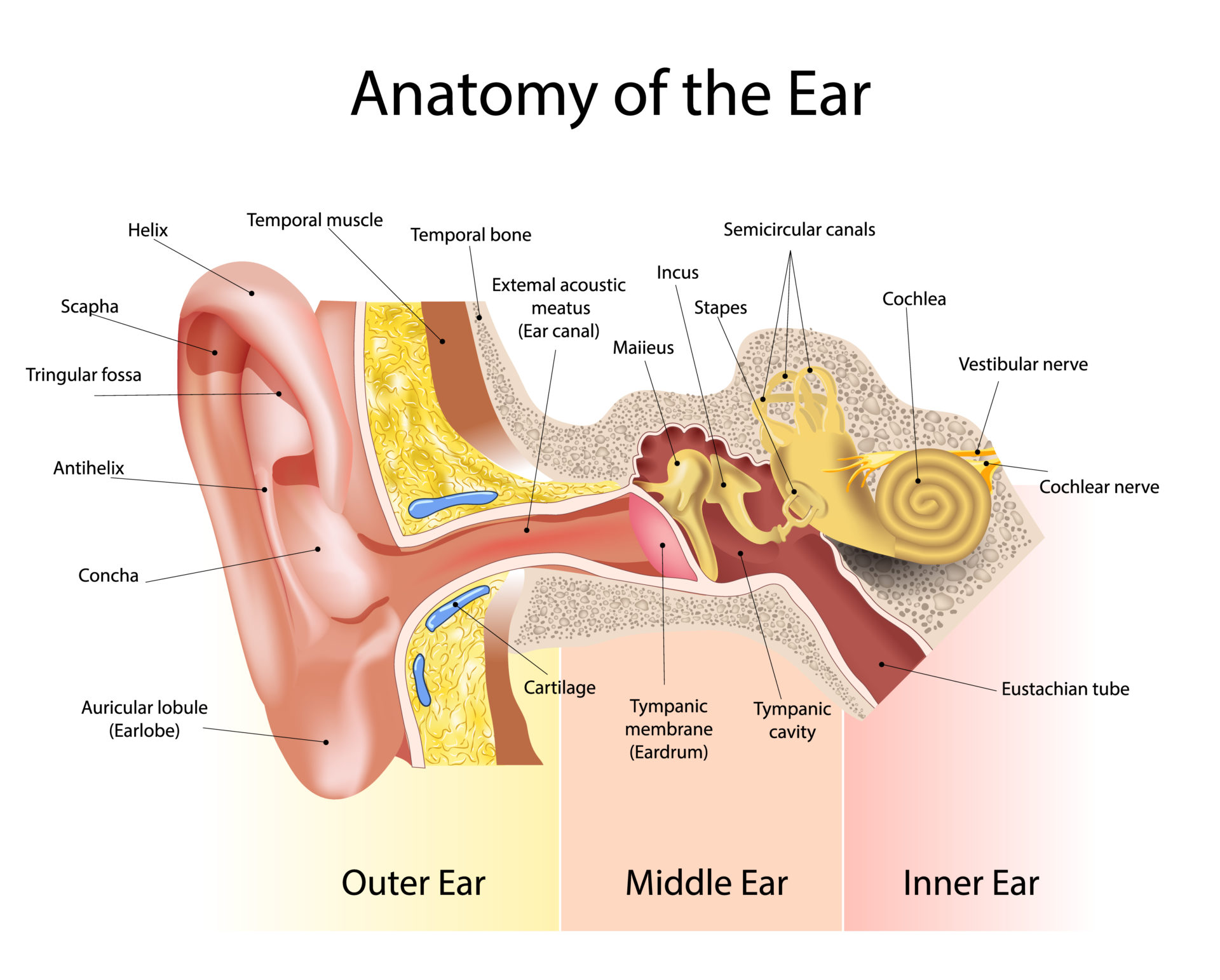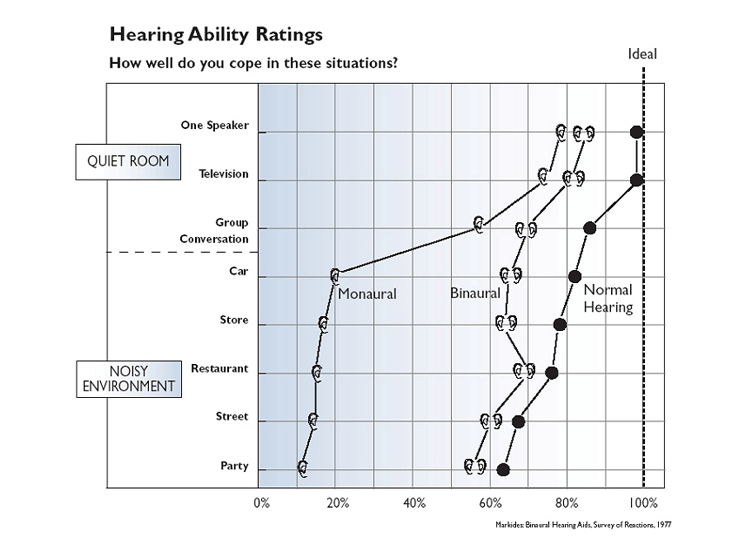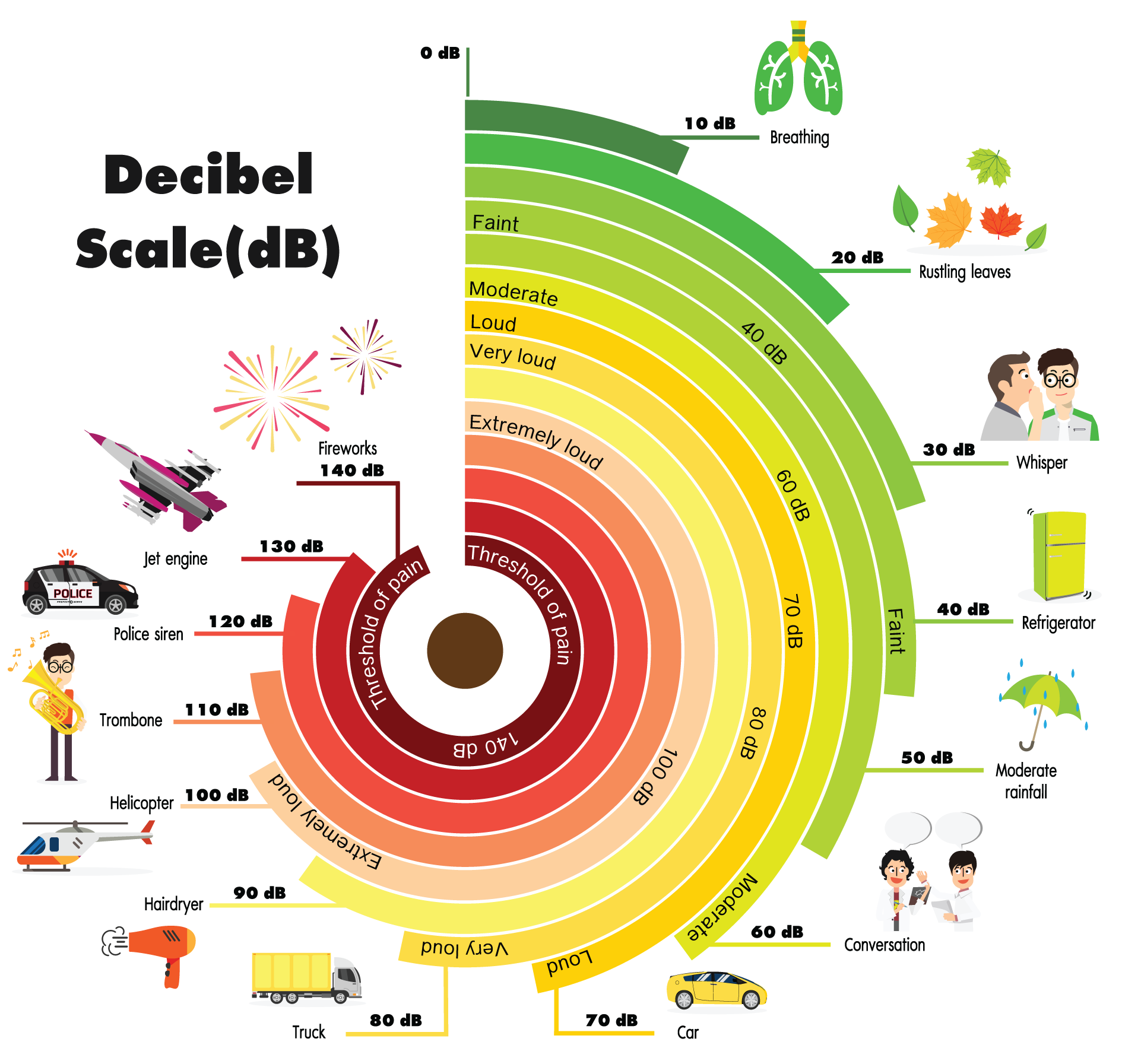How do we hear?
Although very complex here is a simplified version.
The ear although very handy for hanging glasses or earrings does a very specific task. The pinna acts like a funnel to collect and direct sound vibrations down the ear canal to the eardrum. Whilst doing this the vibrations that are the most important are slightly increased.
The canal also protects the eardrum from damage. Sound vibrations reach the eardrum causing it to vibrate.
Sound is now changed to mechanical energy, at the back of the drumhead there are tiny bones (the smallest in the body! the malleus, incus and stapes) that move with a lever motion.
The energy passes through these bones and reaches the cochlear. This is a small cavity which resembles the shell of a snail. Inside there are tiny hairs (cillia) and fluid.
Once inside the energy causes a vibration within the fluid and it is this movement that causes the hair cells to move. When the hair cells move they trigger an electrical impulse to the brain.
Which hair cells have been stimulated depends upon the frequency of the sound. The first turn of the cochlear is responsible for high frequency sounds, the mid turn for the mid frequencies and the last turn (apex) for the low (Bass) frequencies.
The electrical impulse travels along the auditory nerve to the brain, which interprets the impulses.



